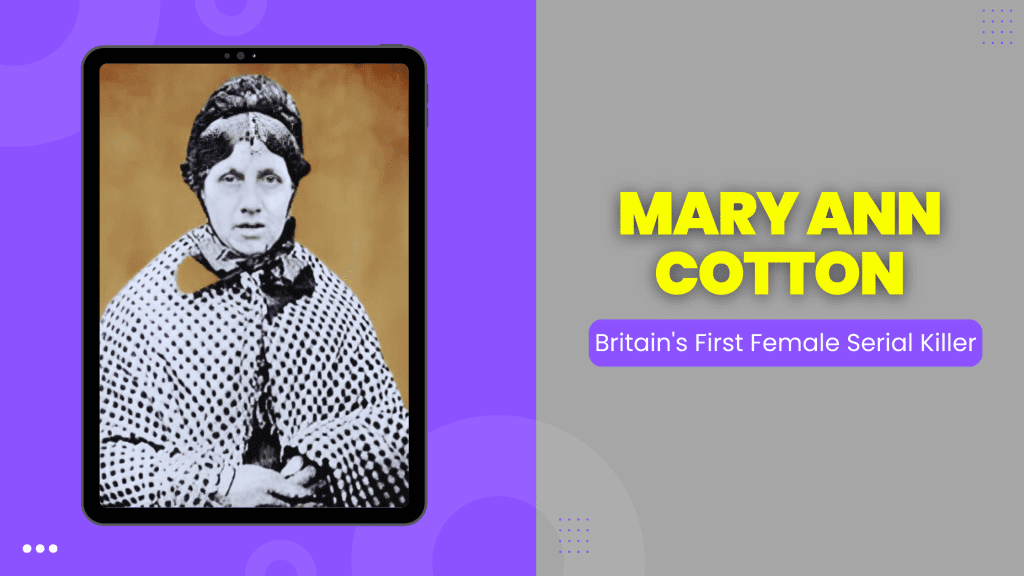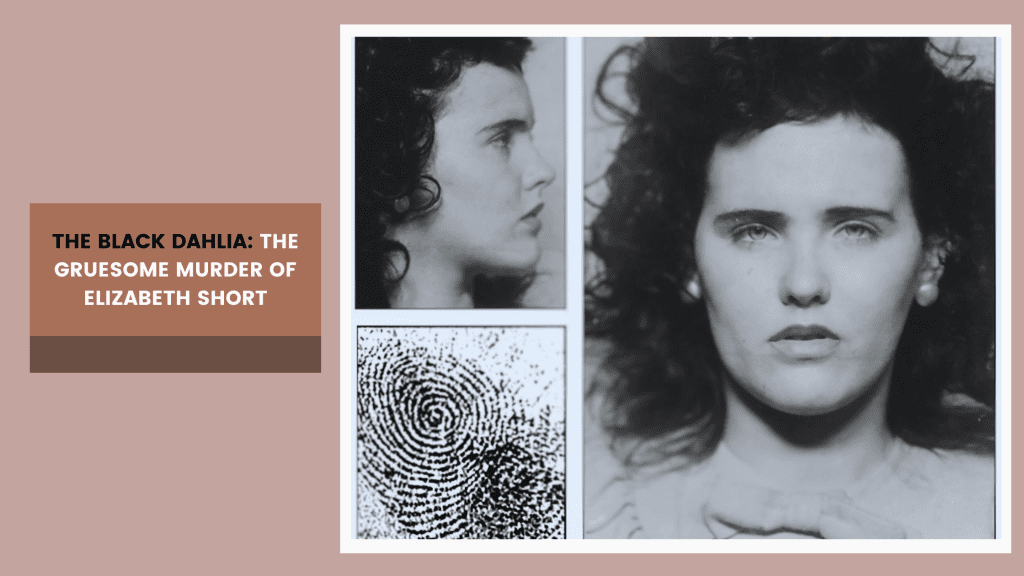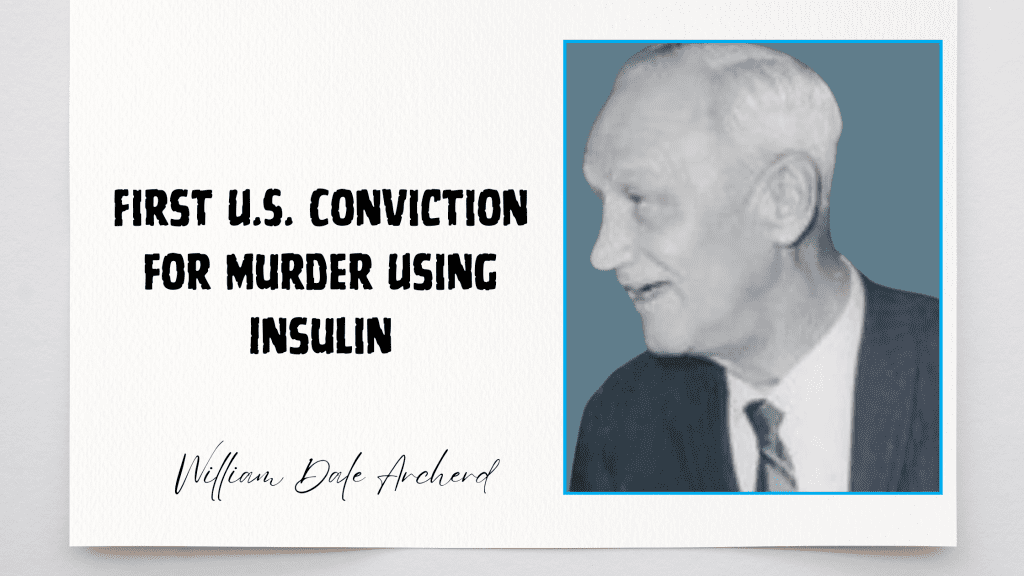Key Takeaways
- Mary Ann Cotton is considered one of Britain’s first female serial killers
- She potentially killed over a dozen people using arsenic
- Her victims included three husbands and numerous children
- Financial gain appeared to be her main motive
- Her case helped advance forensic science in Victorian England
In March 1873, London newspapers were filled with stories about Mary Ann Cotton. She had just been found guilty of poisoning her stepson, Charles Edward Cotton. But this wasn’t her only victim – she was suspected of killing many more people, including her children.
The Rise of Serial Killers in History
Before diving into Mary Ann’s story, examine how serial killers emerged throughout history. While killers have always existed, the way they operate has changed dramatically over time.
Ancient history had its share of notorious killers. The Roman historian Livy wrote about female poisoners in 4th century BC Rome. In the 1400s, nobleman Gilles de Rais reportedly killed over a hundred people. The infamous Elizabeth Bathory, known as the “Blood Countess,” was accused of torturing countless victims to death in her castle.
However, many historical cases might have been politically motivated accusations. The modern concept of a lone serial killer emerged with urbanization. Cities made it easier for killers to hide their crimes, especially before modern police tools like CCTV, fingerprinting, and DNA testing existed. The 1800s saw the rise of infamous killers like Jack the Ripper and H.H. Holmes – and Mary Ann Cotton was among them.
Early Life: A Harsh Beginning
Mary Ann was born Mary Ann Robson on October 31, 1832, in Low Moorsley, Durham, England. Her family was poor, and her father Michael worked in dangerous coal mines. When Mary Ann was nine, tragedy struck – her father fell 150 feet down a mine shaft and died.
Left homeless and poor, Mary Ann’s mother quickly remarried George Stott. The coal company helped by paying for Mary Ann and her brother to attend boarding school. Later, Mary Ann trained as a dressmaker. Her difficult childhood may explain her later obsession with financial security, though it doesn’t excuse her crimes.
The First Marriage: A Pattern Begins
In 1852, at age twenty, Mary Ann married coal miner William Mowbray. Their twelve-year marriage seemed marked by tragedy. While living in western England, they reportedly lost at least four children. More children died after they moved back north, supposedly from stomach illness.
While child deaths were common in the 1800s – poor families faced a 25-30% chance of losing children before age ten – the Mowbrays seemed especially unlucky. In January 1865, William died from stomach problems. Mary Ann collected £37 in insurance money – about half a year’s wages for a worker.
A Series of Suspicious Deaths
Mary Ann’s next marriages followed a pattern:
- George Ward (1865-1866): Died after 14 months of marriage
- James Robinson (1867-1869): Lost three children before Mary Ann fled with his money
- Frederick Cotton (1870-1871): Died of supposed typhoid fever
Each death brought Mary Ann insurance money or other financial benefits. She also lost several more children during these years, all showing similar symptoms: stomach pain, vomiting, and seizures.
The Final Victim and Capture
Charles Edward Cotton, her last stepson, became her undoing. When Mary Ann tried to send him to a workhouse, she told overseer Thomas Riley that the boy “will go like the rest.” Days later, Charles was dead.
This time, Riley reported his suspicions. Tests showed arsenic in Charles’s body, and Mary Ann was arrested in July 1872. While in jail, she gave birth to another child, but this didn’t save her from punishment.
Trial and Execution
The trial began on March 5, 1873. Her lawyers claimed the arsenic came from wallpaper dye, but the jury didn’t believe it. After just 90 minutes, they found her guilty. Despite hopes for mercy because of her new baby, Mary Ann was hanged on March 24, 1873, at Durham County Jail.
Read more: Leonarda Cianciulli: Soap-Maker of Correggio
Debating the Truth
The exact number of Mary Ann’s victims remains unclear. While some believe she killed her mother, Margaret Cotton, and many others, only Charles Edward’s murder was proven in court. Author Martin Connolly suggests in his book “Mary Ann Cotton – Dark Angel” that some deaths might have been natural, given the diseases common at that time.
The question remains: Was Mary Ann Cotton simply cursed with terrible luck, or was she a calculating killer who would murder anyone – even her children – for money?




